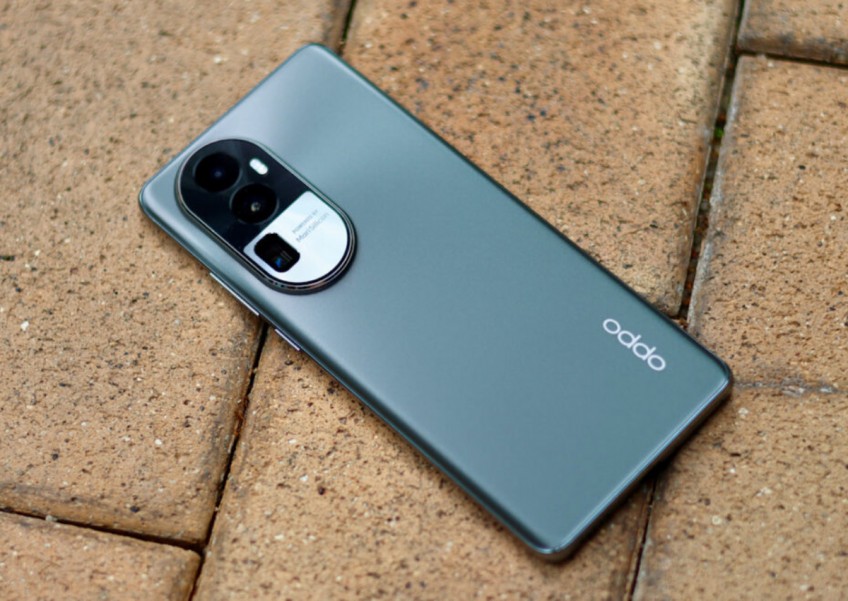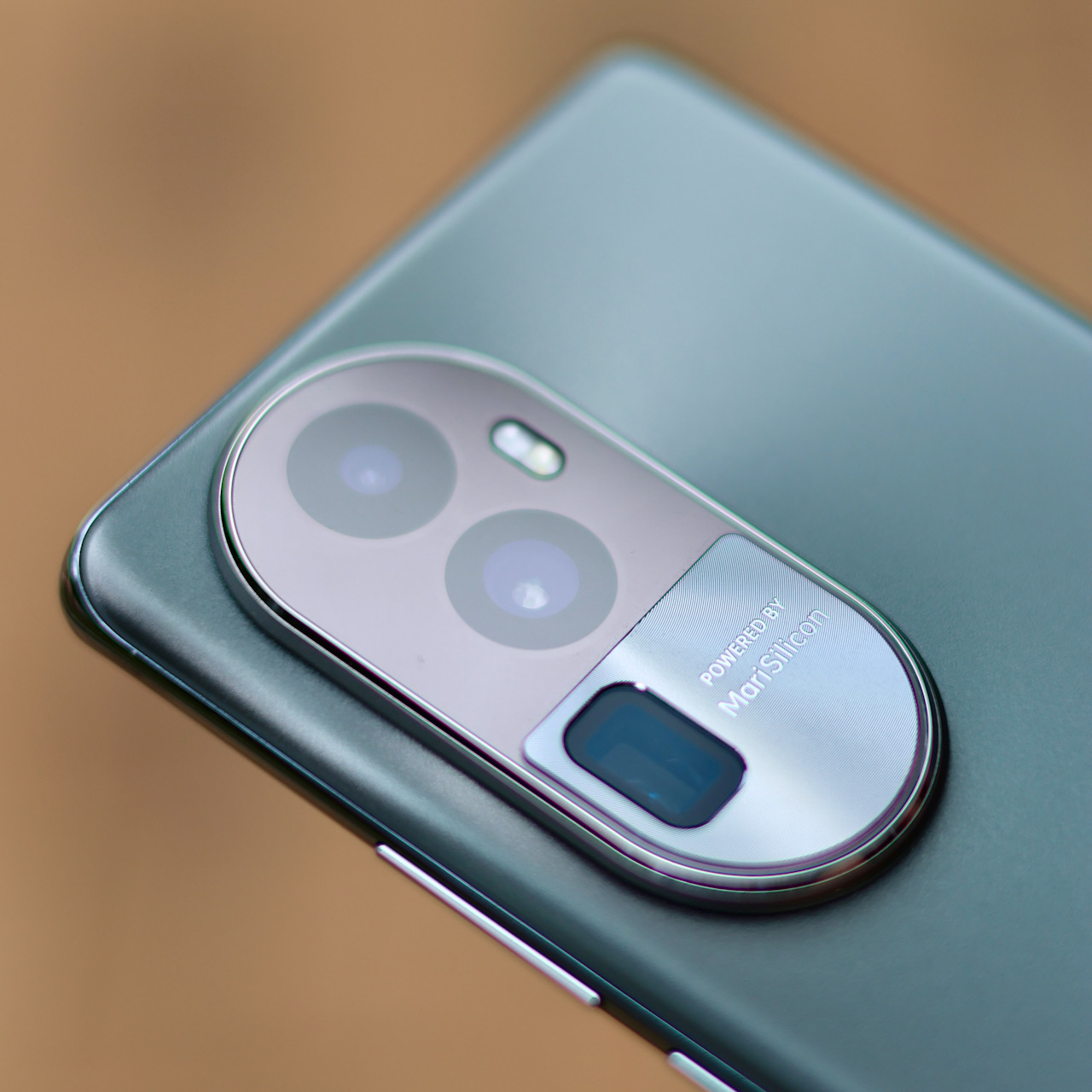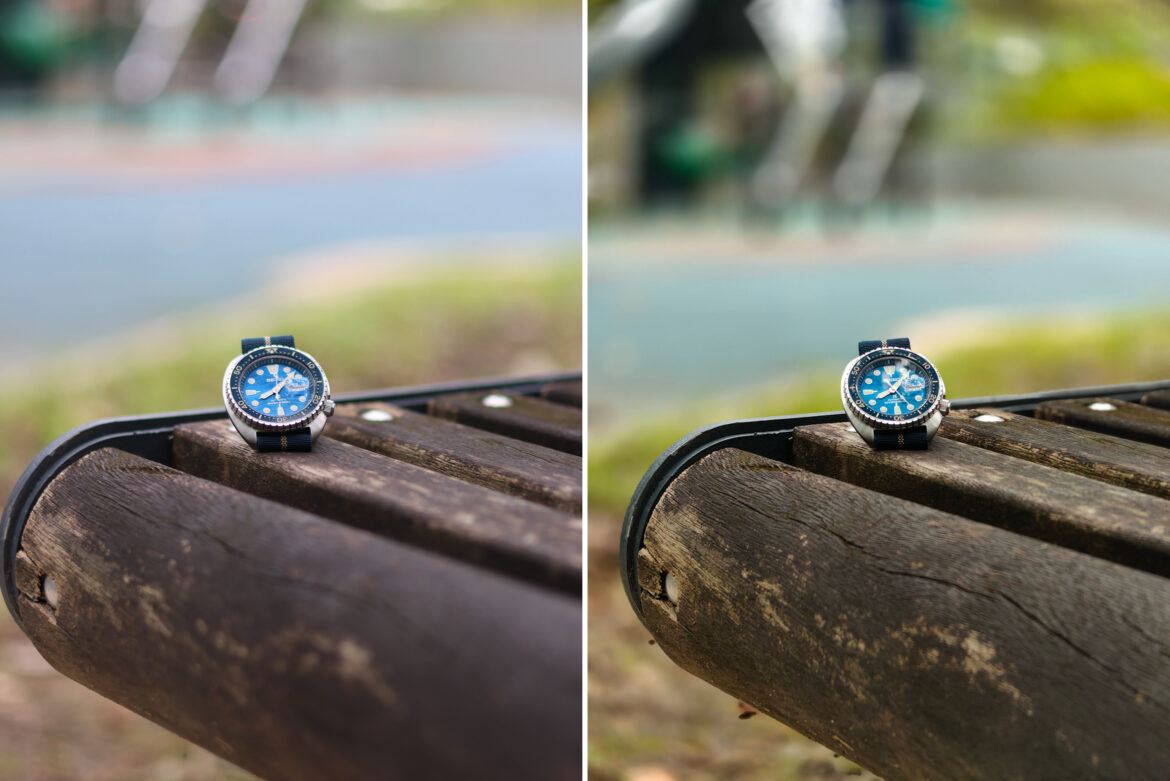Is Oppo Reno10 Pro+ the portraiture wizard it claims to be?

When it comes to flagship smartphones, I can't imagine it's much fun for companies to dance off at the $1,200 mark. The competition here is particularly fierce, and finding a unique proposition is trickier at the same time.
That's because, at this price point, we're basically looking at 'flagship with compromises'; ultimately, this all comes down to the question: Who will win the game of optimising trade-offs?
The Reno 10 Pro+ is Oppo's latest effort, and they've put their money into delivering a great portrait photography experience. Will the Reno 10 Pro+ have enough of a hook with this alone, or will it get lost in a sea of 'mid-tier' flagships?
As someone who doesn't have the habit of taking portrait photos of people, the Reno 10 Pro+ doesn't seem like a phone that I would typically consider buying. But having spent some time with it, I have to admit that being able to take flattering photos at your fingertips without much effort is appealing in itself.
But before we do that, let's run down the bread-and-butter features. At its core, the phone doesn't seem out of the ordinary-a Snapdragon 8+ Gen 1. While it is not the latest flagship SoC, it's quick enough that any slowdowns are ultimately the exception rather than the norm.

The display is top-notch as well. FHD+ resolution and 450ppi pixel density ensure a sharp-looking display, while 100 per cent DCI-P3 coverage and up to 1400 nits brightness guarantee that the colours and vibrancy are first-class.
With a maximum refresh rate of 120Hz and a touch sampling rate of 240Hz, the screen is visually responsive and snappy enough for most games. This is undoubtedly a flagship-class display, and it's great for watching videos with a high dynamic range.
Aesthetically and ergonomically, there's little to fault. The weight is evenly distributed, and the curved edges make it relatively easy to hold. The shiny bits are well-polished, while the matte surfaces feel good to the touch; ultimately, it is all down to preference, but as far as premium goes, the Reno10 Pro+ checks all the right boxes. No complaints here.
You get 100W fast charging but no wireless charging-so there's one compromise there-but the fact that I can charge almost a full battery in 20 minutes or so negates that downside somewhat. I'd rather have my phone stuck to a wire for 15 minutes or wirelessly stuck to a charger for over an hour, but I suppose this is also a preference. We are all bound by a wire, directly or indirectly.
What I feel is a more significant compromise is that it doesn't officially have any form of IP rating, which means you have to be mindful of your environment. This is a bit of a letdown for a flagship-class, mainstream phone.
I'm unsure how people feel about Color OS, but it isn't one of my favourites when navigating menus and the like. But I suppose you can get used to it over time, as I have.
There's also a gaming mode, but I think these flagship phones are generally a notch below actual gaming phones regarding touch responsiveness, even though they seem similar on paper. To be fair, few mainstream flagships come close, and most people don't need this level of 'twitchiness' anyway.

There is no doubt that the photos that come off the Reno10 Pro+ have a particular edited look, but it is tastefully done, and I think that unless you are a photographer, it's unlikely that you will dislike the stylistic decisions that Oppo has made.
The IMX890 used in the Reno10 Pro+ is a flagship-class sensor, but the funny thing is that many mid-range phones also make the stretch to include it. It diminishes that sense of exclusivity, but the reality is not as simple as that. If anything, the Reno10 Pro+ proves that implementation is half the game.

The cameras are relatively modest: it uses IMX709 for the front camera, IMX355 for the ultrawide angle camera, and OV64B for the telephoto. I'm unsure how much of a role the Marisilicon NPU plays in this, but the computational elements are crucial here, especially for portraits.
Like most other phones, the ultrawide angle camera is the 'weakest', and you can notice that here the moment you take a photo. At the very least, you get a photo that provides a reasonable amount of detail for social media, i.e. just don't crop in too much. It's one of those cases where you try to capture the mood or the scale of things more than anything else.
But the Reno10 Pro+ earns its stripes with a tasteful portrait mode. It's available in both 1x and 3x zoom modes, and both are rather good. What most people would use, I would think, is the 3x telephoto zoom portrait. While the Reno10 Pro+ requires you to stand a fair distance from your subject, it does the whole blurry background look (bokeh) quite well.

So here's the acid test: how does the Reno10 Pro+ fare against a mirrorless camera, represented here by a Canon EOS R7 with the 'nifty-fifty' 50mm f1.8 STM, which provides and equivalent of 80mm compared to the 71mm on Reno10 Pro+'s telephoto (close enough lah).
Before you get up in arms over the lack of consistency in the comparison-the idea is just to give a rough idea other than an actual 1:1 comparison-we want to see if it gets you in the ballpark in terms of look and feel.
And we're pretty happy with the results; there's no way you can hope to compete with a mirrorless camera with a large sensor, but I think this does a good enough job of isolating the subject from the background.
You can play around with the level of bokeh as well as the beauty filter, but I was more than happy to leave it on the default setting as it strikes a good balance most of the time.
I find myself using the telephoto more often, but the 1x zoom portrait is good as well, and between these two focal lengths and bokeh settings, you have a lot of creative carte blanche at your fingertips.
Performance is decent enough in low light-if I'm honest, I thought there would be a significant compromise. Generally, it's hard to take awful photos with this camera.
Did it succeed? I think so. We can debate all day about the best combination of features at this price point, but it's clear that what this does very well is making it easy for you to take attractive close-up photos with minimal effort. As you can see from the Canon photos, you don't have the benefit of AI. So, while the photos are objectively better, the Reno10 Pro+ is more than capable of delivering a polished photo that looks great on phones.
ALSO READ: Tecno Phantom V Flip 5G is a compelling-looking mid-range flip phone
This article was first published in Potions.sg.